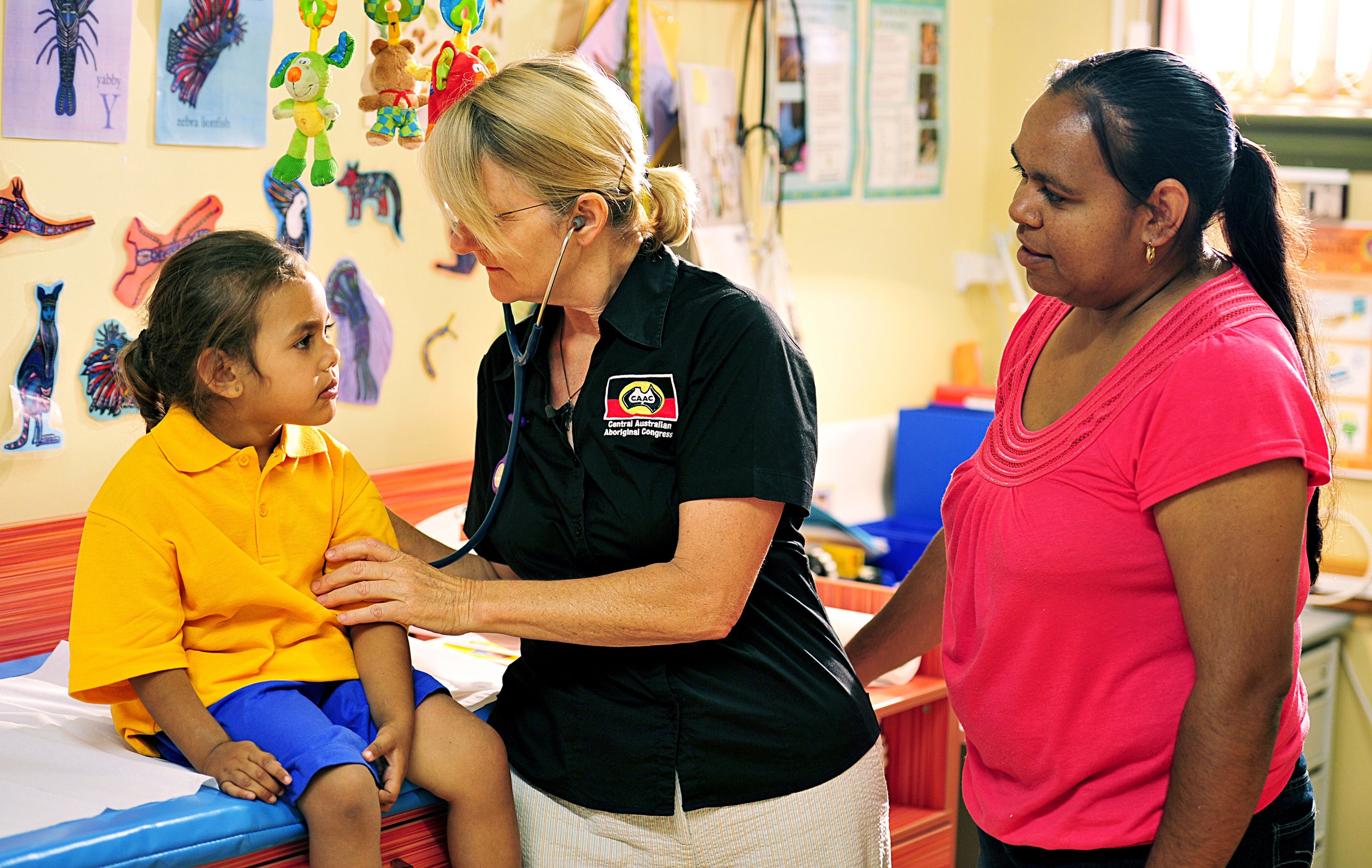Towards a strengthened rare disease workforce for Australia
Summary
Australia’s first nationally coordinated effort to address rare diseases—the National Strategic Action Plan for Rare Diseases (the Action Plan) —called for the development of a national rare disease workforce strategy that responds to current and future demands, including the impact of genomics.
This White Paper is an initial step to progress that priority—a pilot project focusing on the workforce challenges of the rare metabolic condition workforce. Many of the findings in this pilot will be transferable to other groups of rare diseases and will inform the development of a rare disease workforce strategy more broadly.
The Action Plan is centred around three foundational principles: person-centred, equity of access and sustainable systems and workforce.
Findings
Key findings include:
The role of and need for a specialised rare metabolic workforce is often poorly recognised by medical peak bodies and administrators. This both underlies and exacerbates other serious challenges faced by the rare metabolic workforce, patients and their families.
There is a lack of clear and formalised clinical care pathways, models of care and care plans for rare metabolic conditions.
There is significant variation in the composition and maturity of metabolic services and the workforce both within and across states and territories, as well as within and across rare metabolic conditions. This creates a ‘postcode lottery’ for Australians with rare metabolic conditions.
Critical workforce shortages exist and are not being addressed due to poor alignment between ‘activity-based’ hospital funding models and the complex, multidisciplinary care that rare metabolic patients require.
Specialised metabolic services are not sufficiently resourced to contribute to innovation. This is a barrier to the development and trialling of emerging therapies and technologies in Australia, which could offer significant benefits to patients.
Read the full report



